1. Raccoons Have Hands Almost as Skillful as Yours
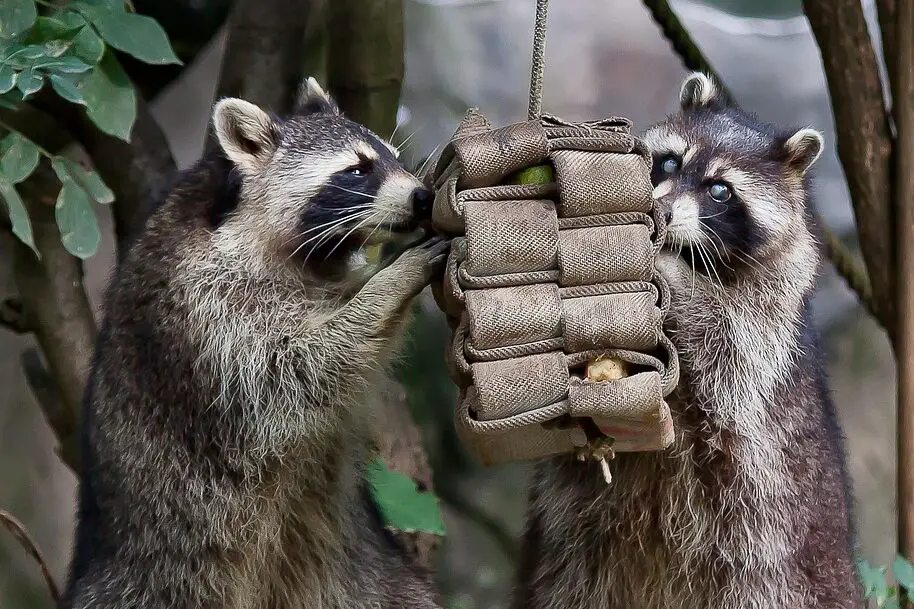
If raccoons ever formed a heist crew, they’d give professional burglars a run for their money. These little bandits have incredibly dexterous front paws that act almost like human hands. They can unlatch doors, unscrew jars, and even pick locks if they’re determined enough. Ever wonder why they always seem to get into your trash, no matter how secure you think it is? That’s because their paws are sensitive and incredibly nimble, allowing them to feel around and manipulate objects with ease—even in the dark. In fact, a raccoon’s sense of touch is so advanced that wetting their paws enhances their ability to identify textures, which is why you often see them “washing” food before eating it.
These miniature troublemakers have even been spotted turning doorknobs and opening containers that stump some humans. There’s a reason they thrive in urban environments: they’re basically tiny, masked survivalists with a knack for figuring things out. Researchers have tested raccoons with complex puzzles, and they solve them with an alarming level of intelligence—sometimes even faster than monkeys. So, if you’ve ever underestimated a raccoon’s ability to break into your food stash, think again. They’re nature’s tiny escape artists with an insatiable curiosity.
2. Raccoons Are Smarter Than You Think
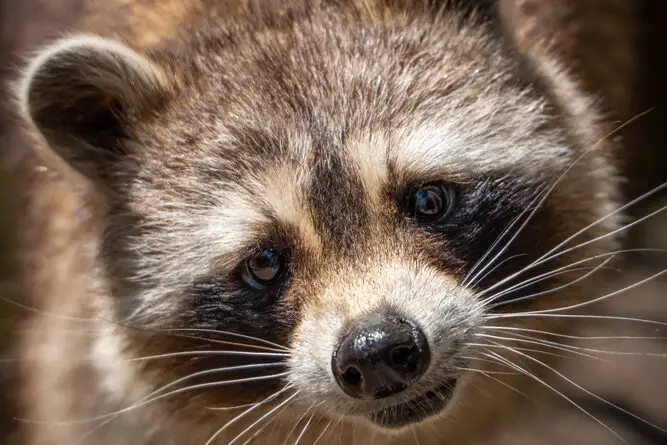
You might not expect much from a creature whose main hobbies include knocking over garbage cans and looting pet food bowls, but raccoons are ridiculously smart. In fact, scientists have found that their intelligence rivals that of primates. In one famous study, raccoons were given a series of locks to open, and not only did they figure out the mechanisms quickly, but they also remembered how to do it three years later. That’s better recall than some people have with their phone passwords.
Their problem-solving skills are no joke, either. Raccoons can assess situations, adapt to their environment, and even learn from watching others. They’re also sneaky strategists, able to fake injuries to distract predators or use their paws to reach hidden food in ways that seem almost too clever. Some researchers believe their intelligence is on par with small children, which might explain why they’re so mischievous. If dogs are man’s best friend, raccoons are like the street-smart cousins who know how to talk their way out of trouble.
3. Raccoons Have a Secret Language
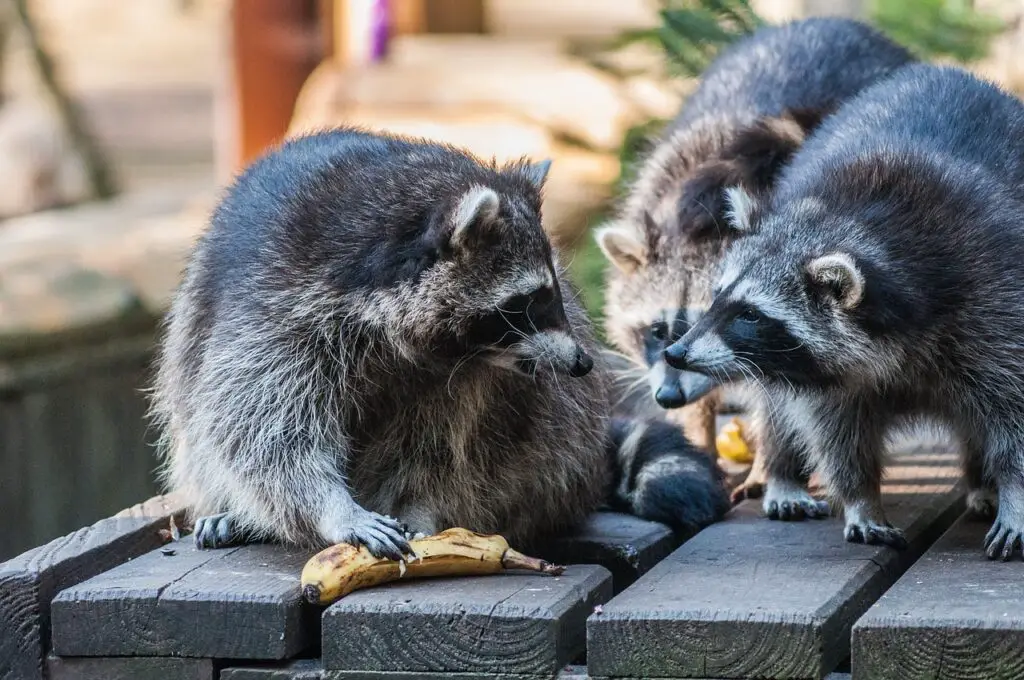
You might think raccoons are silent creatures, but they actually have an entire secret language made up of over 200 different sounds. From whistles and growls to purrs and even chuckling noises, they use a wide range of vocalizations to communicate with each other. Baby raccoons, for example, let out high-pitched cries when they’re hungry or scared, much like human babies. Mothers respond with soft chattering sounds to reassure them, which is both adorable and surprisingly sophisticated.
But their communication isn’t just limited to noises. Raccoons also rely on body language, tail movements, and even scent markings to send messages. If a raccoon hisses at you, it’s not just being dramatic—it’s giving you a clear warning to back off. They even use their sensitive paws to leave scent trails, letting other raccoons know who’s been where. It’s like a little raccoon-written diary of local happenings. So the next time you hear strange chittering noises outside at night, just know that raccoons are having a full-on conversation that you’re not invited to.
4. They’re Nature’s Little Night Owls
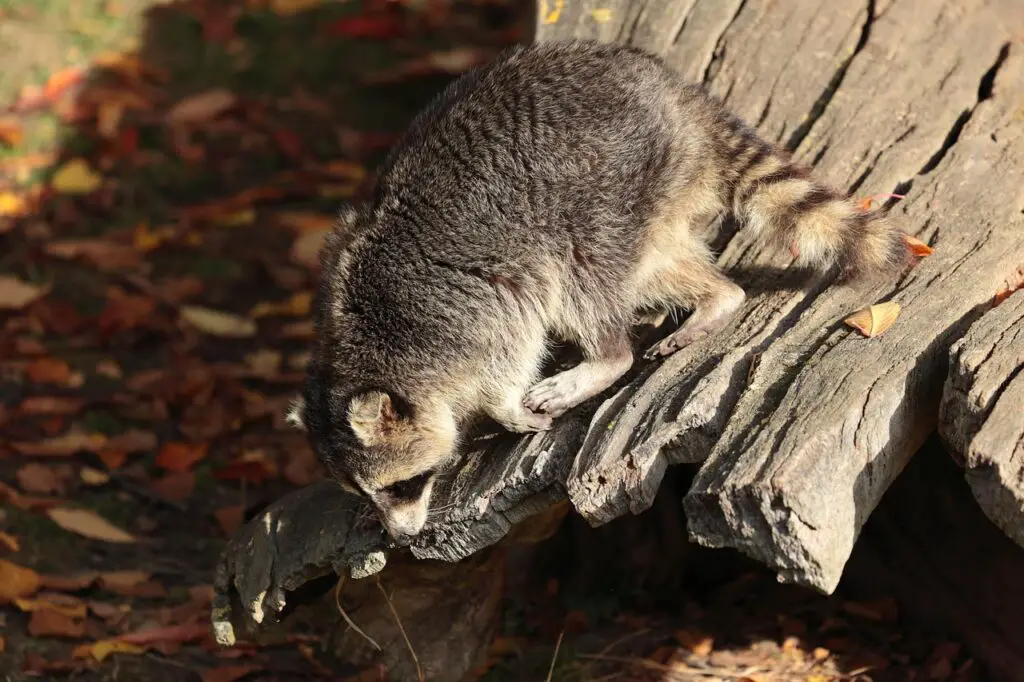
If raccoons had a favorite time of day, it would be that mysterious period when the rest of the world is asleep. These nocturnal creatures thrive under the cover of darkness, using their excellent night vision to hunt for food and explore their surroundings. Their eyes are specially adapted to pick up even the smallest movements in low light, making them expert nighttime scavengers. That’s why you’ll mostly spot them lurking around garbage bins or darting across roads when the sun goes down.
Their night-loving ways also help them avoid many predators, giving them an edge in the survival game. And while you might think they’re just being sneaky, their preference for nighttime activity is hardwired into their biology. Even raccoons raised in captivity tend to stay active at night, proving that their internal clock is firmly set to “party after dark” mode. So, if you hear something rummaging outside your window at 2 AM, there’s a good chance it’s a raccoon living its best life while you’re fast asleep.
5. Raccoons Will Eat Just About Anything
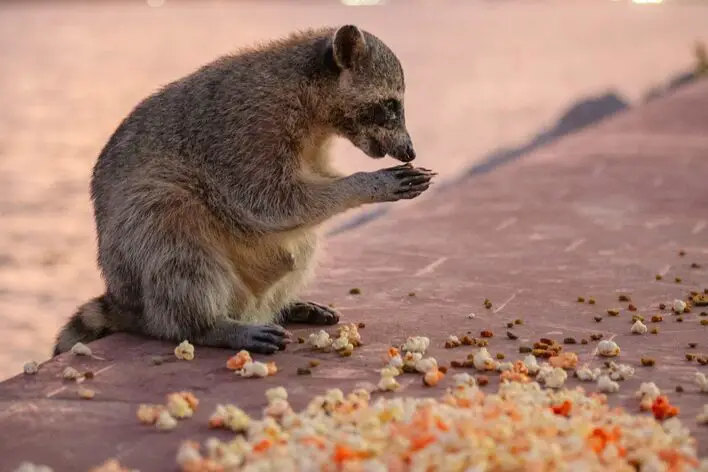
If there were a competition for the least picky eaters in the animal kingdom, raccoons would easily take the top spot. These little scavengers have an appetite for just about everything, from fruits and nuts to insects, small animals, and, of course, whatever they can steal from human trash cans. Their ability to eat such a varied diet is one of the main reasons they can survive almost anywhere, from deep forests to bustling cities. If there’s food to be found, a raccoon will find a way to eat it.
But their scavenging skills aren’t just about survival—they’re also incredibly adaptable. When living near humans, raccoons quickly learn what’s available and adjust their diet accordingly. That’s why they’ve become notorious for raiding dumpsters, breaking into pet food containers, and even stealing from bird feeders. They’re the ultimate opportunists, always looking for their next meal. And while their trash-loving habits might annoy homeowners, you have to respect their sheer determination to turn every meal into a feast.
6. They Have Built-In Climbing Gear
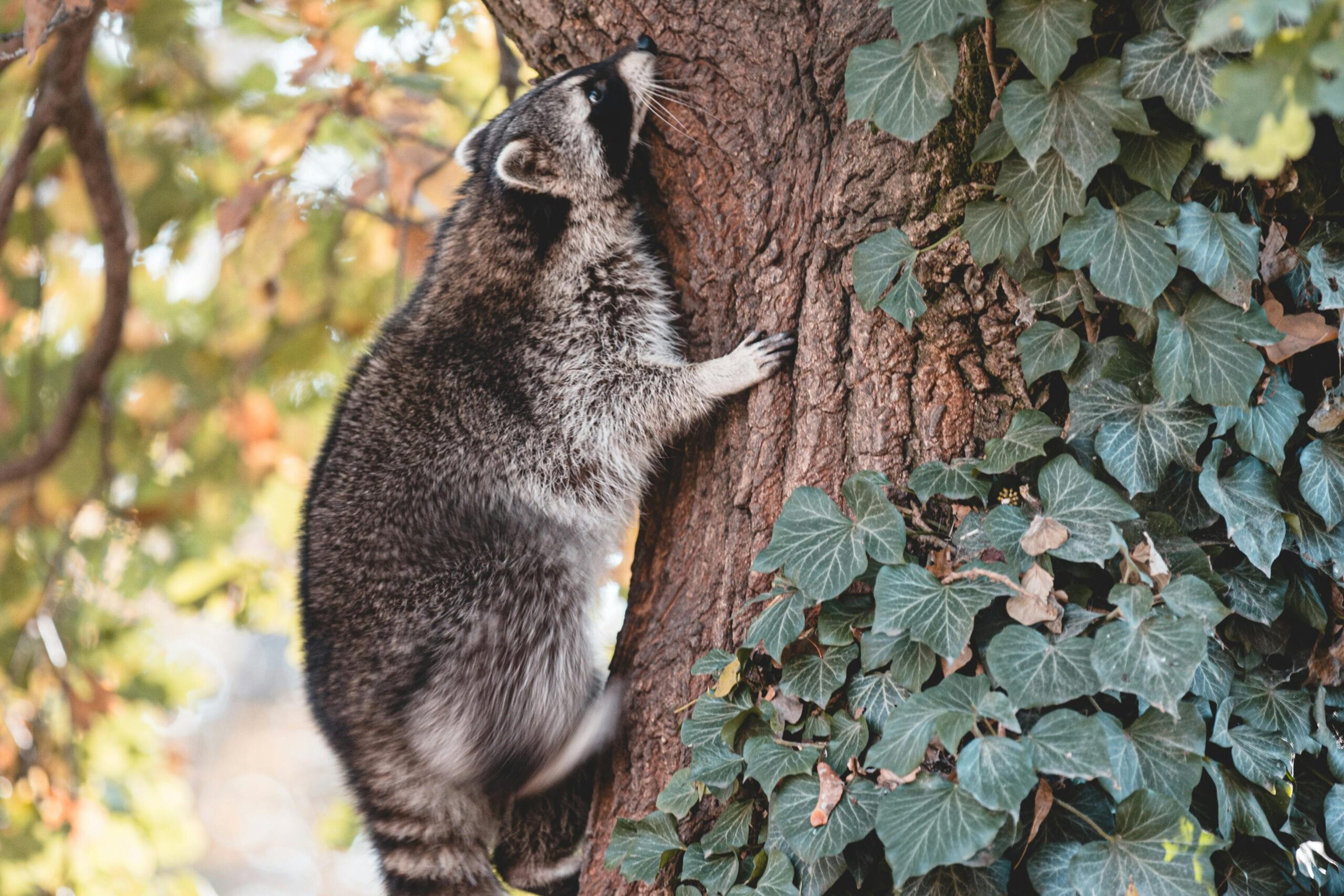
If raccoons ever needed a job title, “professional climber” would be at the top of the list. These little acrobats can scale trees, fences, and even buildings with impressive ease. Their secret? Extra-flexible ankles that can rotate a full 180 degrees. This unique ability allows them to climb down trees headfirst, something most animals (including squirrels) can’t do. It also makes them excellent escape artists, capable of shimmying up poles, slipping through tight spaces, and finding their way into attics with barely any effort.
Their sharp claws give them extra grip, acting like built-in climbing hooks. This, combined with their strong back legs, allows them to leap between rooftops and scurry up walls like tiny masked daredevils. If you’ve ever wondered how a raccoon ended up on your balcony or peeking through your attic vent, now you know. They’re basically the parkour champions of the animal world, and there’s almost no stopping them once they’ve set their sights on a new hiding spot.
7. They Can Swim Like Pros
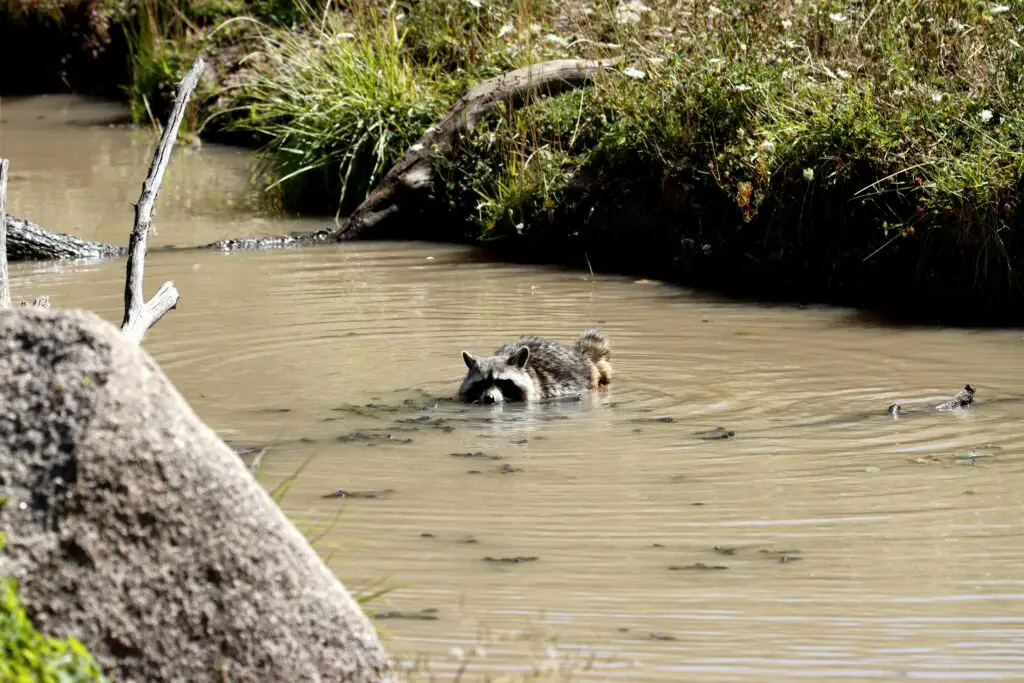
Most people don’t think of raccoons as water lovers, but these little critters are actually excellent swimmers. Their webbed toes help them paddle through lakes, rivers, and even backyard pools with surprising grace. They can swim up to three miles without stopping and have been known to escape predators by diving into the nearest body of water. Unlike cats, raccoons don’t mind getting wet—in fact, they seem to enjoy it.
They’ve also been observed “washing” their food in water before eating, though scientists aren’t entirely sure why. Some believe it’s a way to enhance their sense of touch, while others think it’s just a quirky habit. Whatever the reason, watching a raccoon dunk its snacks in a puddle before eating is both fascinating and oddly charming. If you ever catch one taking a late-night dip in your backyard pond, don’t be too surprised—they’re just enjoying a casual swim.
8. Baby Raccoons Are Some of the Most Playful Animals
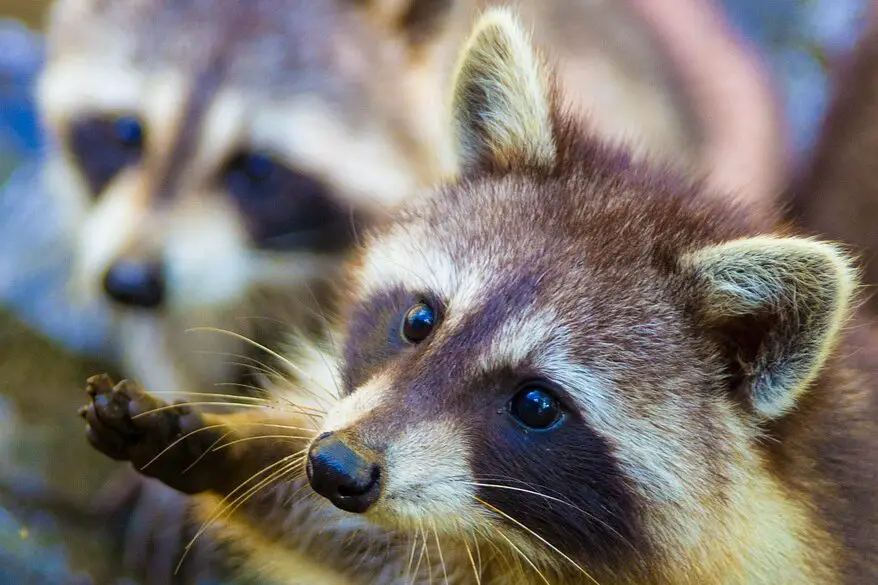
If you think baby raccoons are cute, just wait until you see them in action. These little fluff balls are full of energy and love to wrestle, climb, and explore their surroundings. Much like human children, they learn through play, using their siblings as practice partners for future survival skills. Whether it’s mock fights, playful chases, or even games of hide-and-seek, young raccoons are constantly testing their abilities.
Their playful nature also helps strengthen their bond with their mother, who teaches them everything from climbing trees to foraging for food. Raccoon mothers are incredibly devoted, caring for their babies (called kits) for about a year before they’re ready to venture off on their own. During this time, the little ones are completely dependent on her, learning the tricks of survival through observation and play. If you ever spot a group of tiny raccoons tumbling around together, just know they’re not just having fun—they’re training for the wild.
9. Raccoons Are Surprisingly Loyal to Their Families
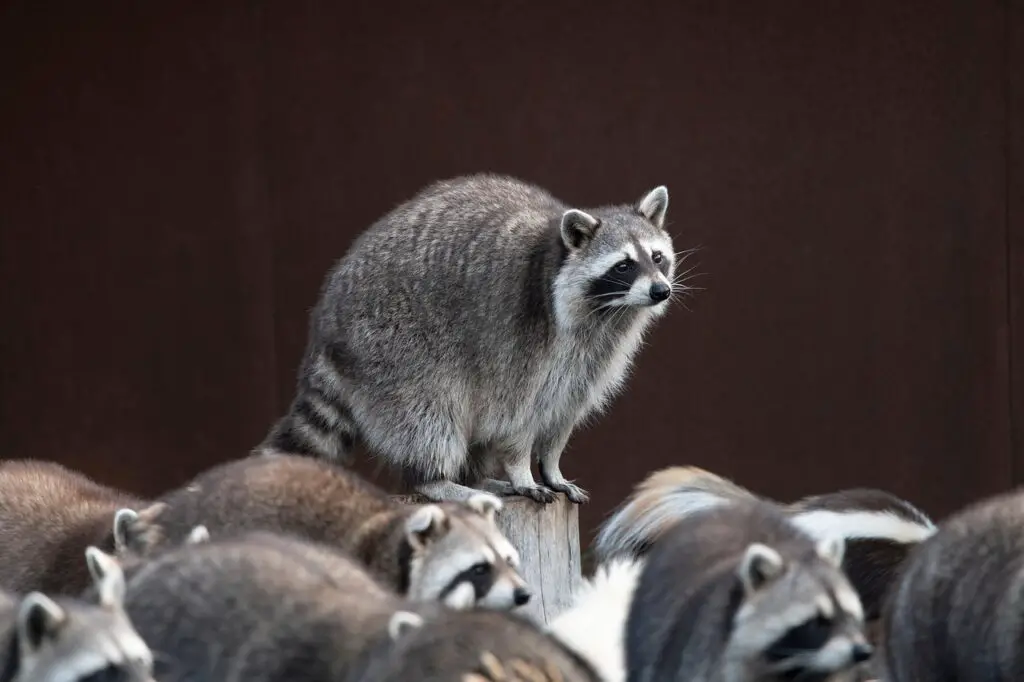
Despite their mischievous reputation, raccoons are deeply social animals when it comes to their families. Mothers are fiercely protective of their young and will go to great lengths to keep them safe. If a baby raccoon gets separated from its mother, she will search tirelessly, calling out with special vocalizations until they are reunited. In some cases, orphaned raccoons have even been “adopted” by other raccoon mothers, which is incredibly rare in the animal kingdom.
Raccoons also form loose social groups, especially in urban areas where food sources are abundant. Males tend to be more solitary, but females will often stick together, helping each other find food and raising their young close to one another. While they may not form lifelong bonds like wolves or elephants, raccoons do have a sense of community that’s stronger than most people realize. They’re not just masked bandits—they’re family-first survivalists.
10. They’ve Been Around for Millions of Years
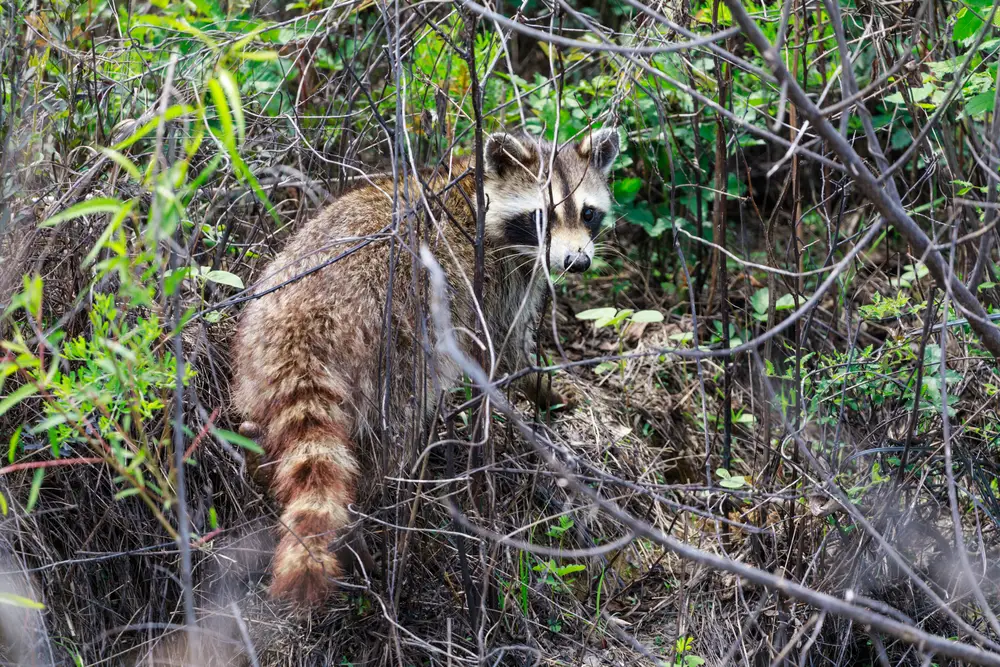
Raccoons may seem like modern-day city dwellers, but they’ve actually been around for millions of years. Fossil evidence shows that their ancestors lived as far back as 25 million years ago, adapting to different climates and landscapes over time. This long history of survival proves just how resilient they are. Whether it’s dense forests, swamps, or bustling city streets, raccoons always find a way to thrive.
And despite human efforts to keep them out of trash cans and attics, raccoons continue to outsmart us at every turn. They’ve learned to navigate urban environments better than most wildlife, using sewers, rooftops, and abandoned buildings as their playgrounds. As cities expand, raccoons are only getting smarter and more resourceful. Love them or hate them, one thing’s for sure—raccoons aren’t going anywhere. If anything, they’re just getting started.


